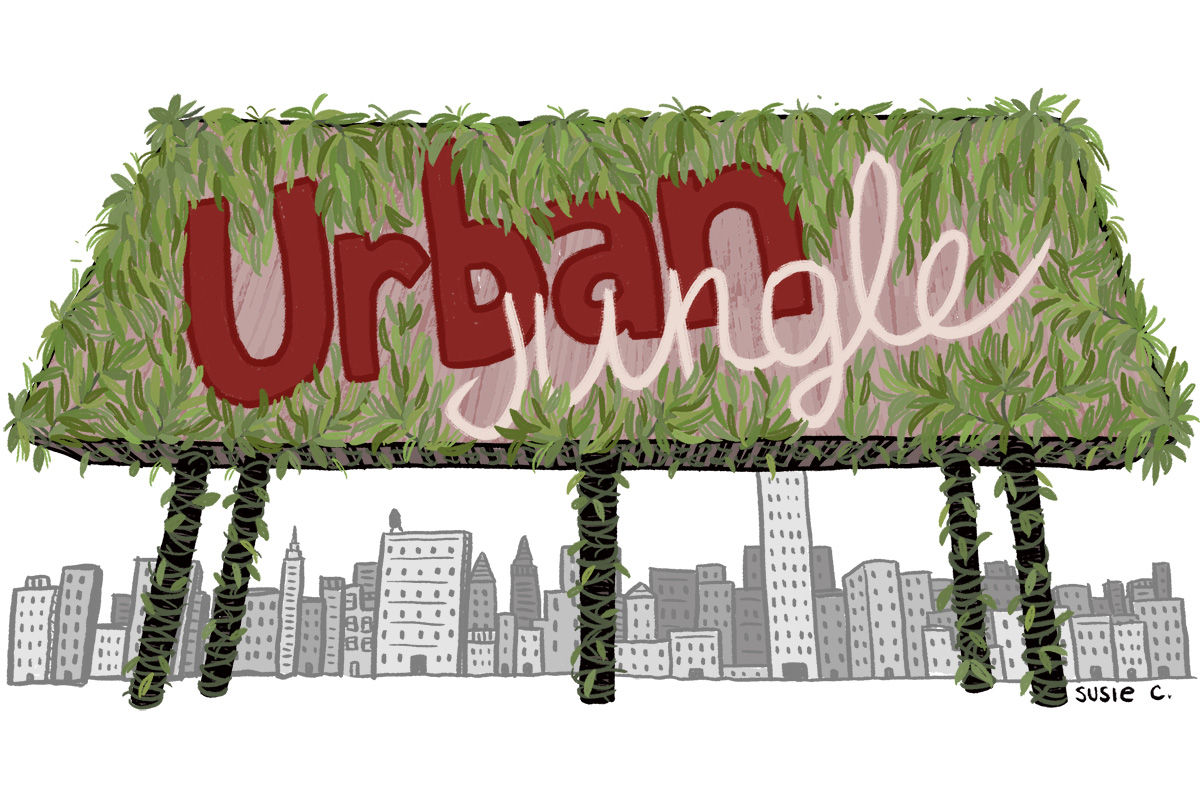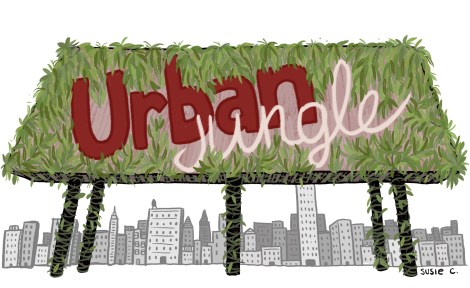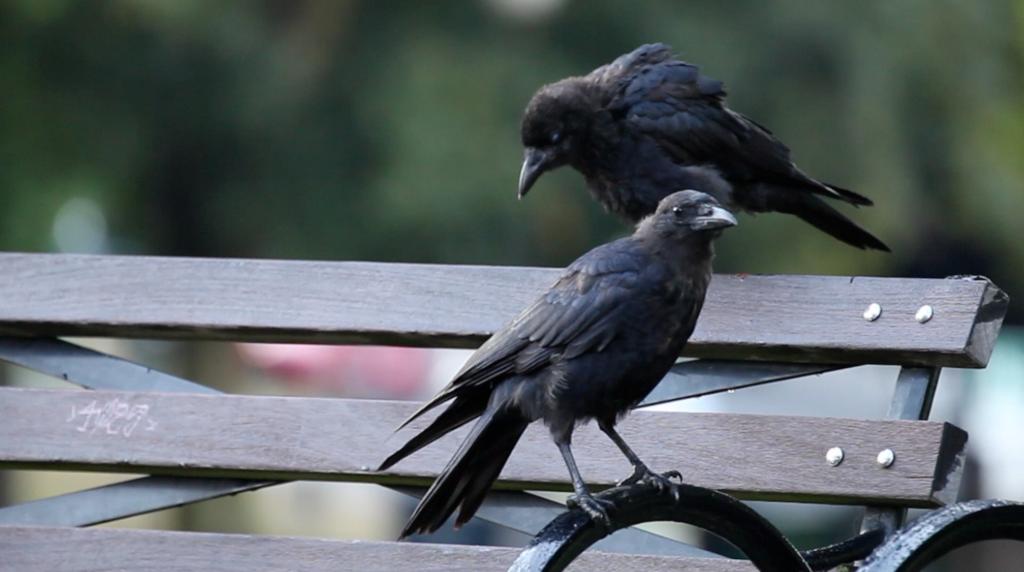We humans are choosy about the company we keep, particularly when it comes to animals. We’ll share our homes with dogs and cats and guppies and gerbils — and occasionally make space in the backyard for a chicken or two. But the rest of the Animal Kingdom belongs Out There, in Nature.
Nature has a habit of jumping fences, however. Take the wild black bear that recently broke into the Knoxville, Tenn., zoo, or the hordes of kombucha-sipping raccoons that are invading some corners of Brooklyn. Our attempts to draw hard lines around our habitat inevitably fail, or succeed only briefly. Proof: Even Superstorm Sandy couldn’t chase the rats out of the NYC subways.
In fact, there’s a movement afoot to make more room for the wild and wooly in our increasingly urban world. Conservation groups are turning toward cities as a new frontier, and academics and educators argue that connecting people — kids in particular — to the natural world right where they live can not only instill a desire to protect big-N Nature, but make them happier and healthier as well.
That’s why we decided to dedicate the month of July to exploring the “urban jungle.” The messy thing that we like to call civilization is actually more like a coral reef, crawling with nocturnal and avian invaders who make a pretty good living on our scraps and in our architectural nooks and crannies. Those creatures, and natural spaces like parks, can have a profound influence on our lives and our urban culture, too.
We kick the series off with a story from Brooklyn writer Ben Adler about how urban parks helped give rise to hip hop. (Macklemore isn’t the only case in point.) Later this week, you’ll read about how an inner-city neighborhood in Washington, D.C., restored a local stream and saw its economy and community revived along with it.
Also in July, watch for stories about scientists who study urban ecosystems, landscape architects who build nature back into the concrete landscape, and the offbeat pastime of urban camping. We’ll also delve into the question of whether we humans need nature for our mental and physical health, and if so, whether small-scale, sidewalk nature is enough for what ails us, or if only a full-blown wilderness experience will do.
Stay tuned, and drop your own tales from the urban jungle in the comment section below. Forget about keeping them out: They’re already here.




